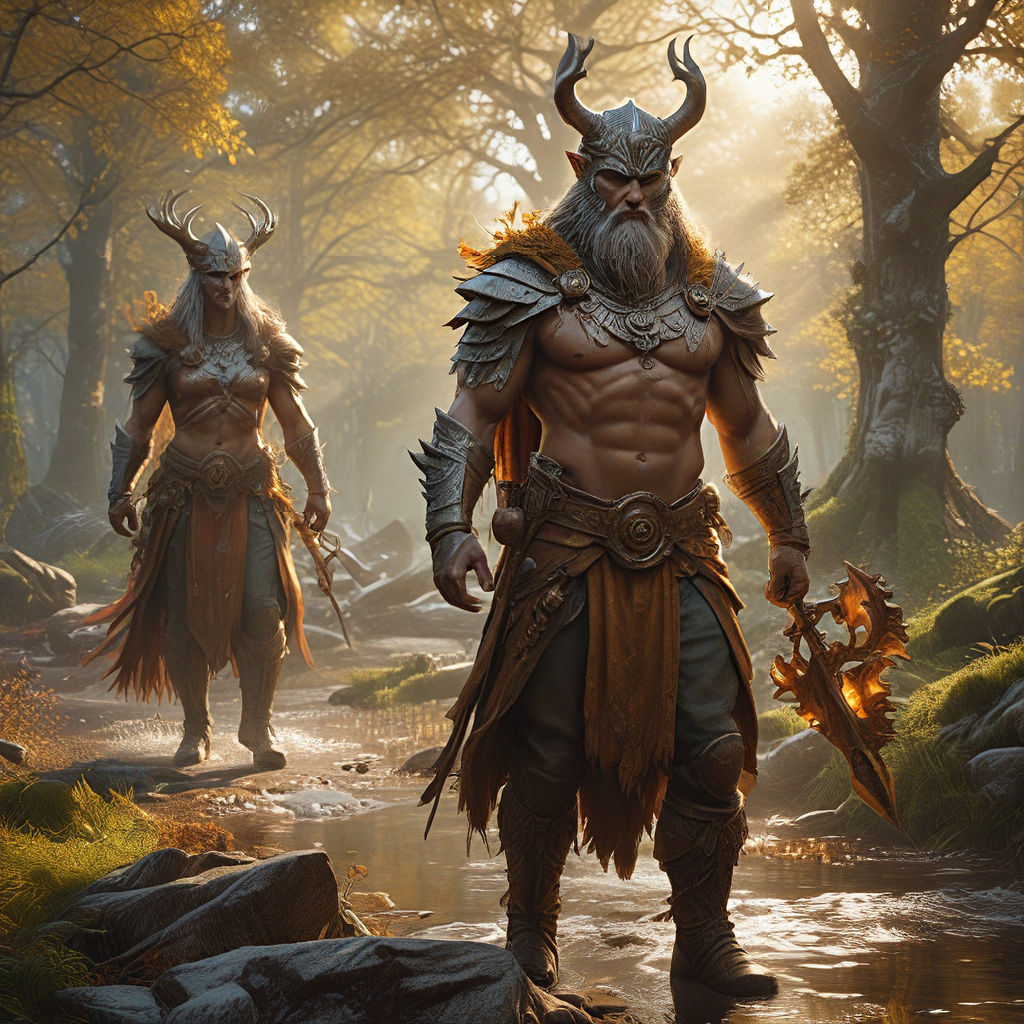The Selkie’s Embrace: Unpacking the Duality of Nature and Human in Selkie Stories
I. Introduction
Selkie folklore, rich with the essence of the sea and the mysteries of transformation, has captivated audiences for centuries. Originating from Celtic mythology, these enchanting creatures are said to be seals that can shed their skins to become human. The duality of nature and humanity plays a pivotal role in Selkie narratives, reflecting deep-seated themes of longing, freedom, and the complexities of human emotion.
This article aims to explore the duality of Selkies, examining their mythical origins, the symbolism imbued within their stories, and the broader implications these tales hold for human relationships and environmental consciousness.
II. The Mythical Origin of Selkies
The roots of Selkie legends can be traced back to ancient Celtic culture, particularly in Ireland, Scotland, and the Orkney and Shetland Islands. These stories often depict Selkies as beings caught between two worlds, embodying a connection to both the sea and the land.
The transformation from seal to human is laden with cultural significance. It symbolizes the inherent duality of existence; Selkies are both wild creatures of the ocean and tender beings of the human realm. This transformation highlights the tensions between freedom and confinement.
Water and land serve as powerful symbols in Selkie mythology. Water represents the fluidity of identity and emotion, while land symbolizes stability and the constraints of societal norms. Together, they create a dynamic interplay that is central to Selkie narratives.
III. The Dual Nature of Selkies
Selkies are often portrayed as deeply connected to the natural world. Their existence embodies the harmony and chaos of nature, reflecting human emotions and experiences in profound ways.
Their stories frequently explore themes of:
- Longing: The desire to return to the sea, often representing a yearning for freedom.
- Freedom: The Selkie’s ability to transform and roam the ocean, symbolizing unbridled nature.
- Confinement: The struggle of being trapped in human relationships or societal expectations.
These themes resonate with audiences, as they mirror the complexities of human emotions and the universal quest for identity and belonging.
IV. Selkies as Metaphors for Human Relationships
In Selkie stories, the love between Selkies and humans often leads to conflict. The Selkie’s affection for a human can illuminate the fragility of relationships and the challenges of love across different realms.
When a Selkie sheds its seal skin, it embarks on a journey of love and sacrifice, but this act also comes with consequences:
- Breaking the bond between a Selkie and its sealskin can lead to feelings of loss and betrayal.
- Humans may become possessive, attempting to control or confine the Selkie, which ultimately leads to sorrow.
The interplay of loyalty, betrayal, and sacrifice in these romances serves as a poignant reflection on human relationships, often reminding us of the delicate balance between love and freedom.
V. The Environmental Implications of Selkie Stories
Nature itself often emerges as a character in Selkie folklore, representing both beauty and peril. The tales emphasize the intricate relationship between humans and the natural world, highlighting the consequences of human actions on the environment.
Through these stories, we witness:
- The impact of pollution and overfishing on marine life, including the mythical Selkies.
- The call for harmony between humans and nature, urging respect and preservation of the natural world.
As Selkies navigate the challenges of their dual existence, they embody the urgent need for environmental conservation and the recognition of nature’s intrinsic value.
VI. Modern Adaptations of Selkie Tales
Contemporary literature and media have breathed new life into Selkie stories, adapting them for modern audiences. Films, novels, and television series often reinterpret the traditional narratives, highlighting their relevance to current societal issues.
In popular culture, Selkies are depicted in various ways:
- As symbols of resilience in the face of adversity.
- As metaphors for marginalized identities and the quest for self-acceptance.
These adaptations not only reflect the evolution of Selkie stories but also serve as a mirror to contemporary struggles, emphasizing the timeless nature of these myths.
VII. The Psychological Perspective: Identity and Transformation
The psychological implications of duality in Selkie tales provide a rich ground for exploration. The transformation from seal to human can be viewed through the lens of identity and self-discovery.
Selkie narratives often invite audiences to consider:
- The complexities of human identity and the search for belonging.
- The challenges of accepting one’s true self amidst societal pressures.
This journey of self-discovery resonates with many, as it reflects the universal quest for acceptance and understanding in a multifaceted world.
VIII. Conclusion
In conclusion, the duality of nature and humanity in Selkie stories offers profound insights into the human experience. These myths remind us of the importance of preserving the delicate balance between our desires and the natural world.
The enduring relevance of Selkie folklore in today’s society highlights our collective need to reconnect with nature and understand the complexities of love and identity. As we navigate our own dualities, the tales of Selkies continue to inspire and resonate, urging us to embrace both our human emotions and our connection to the natural world.
